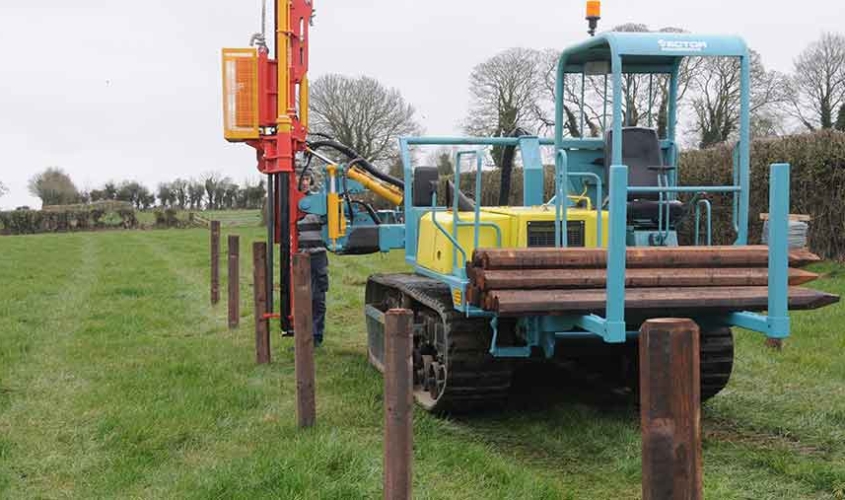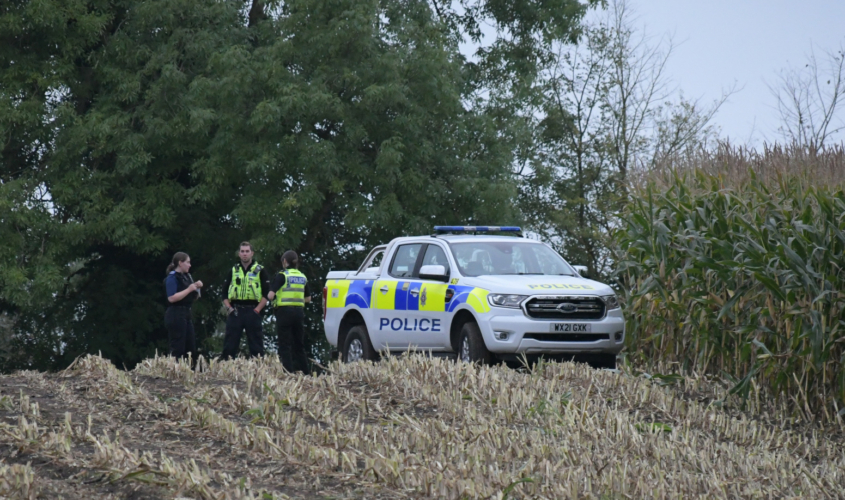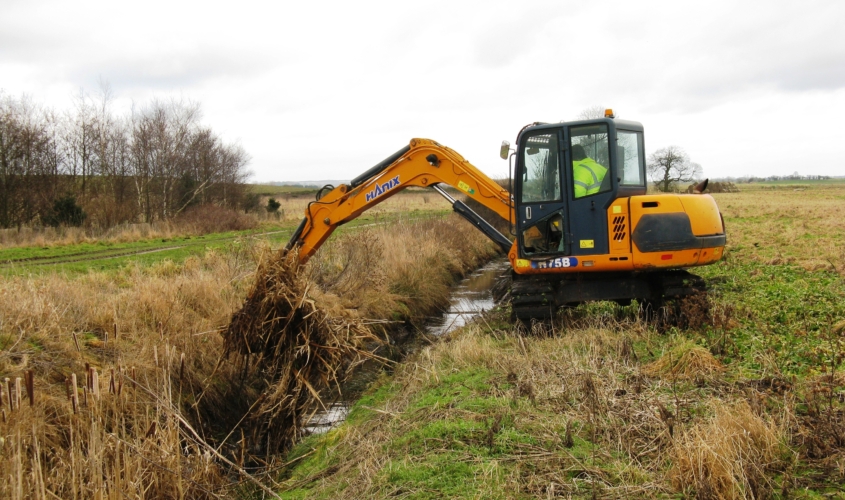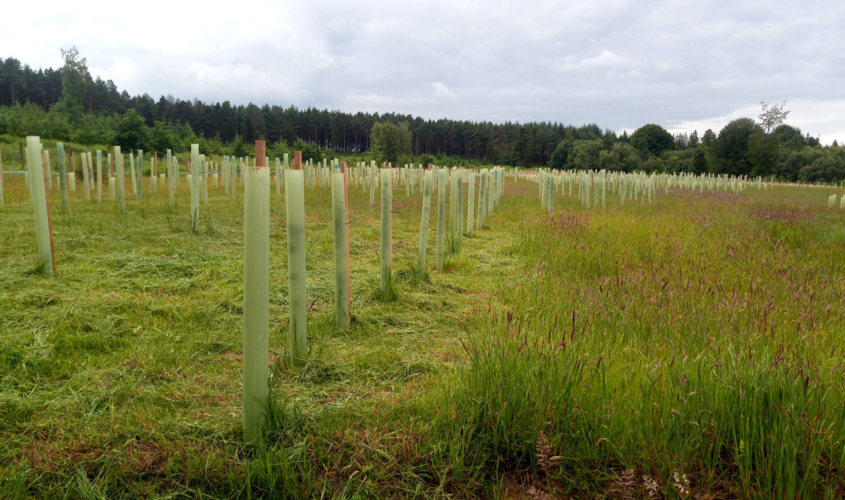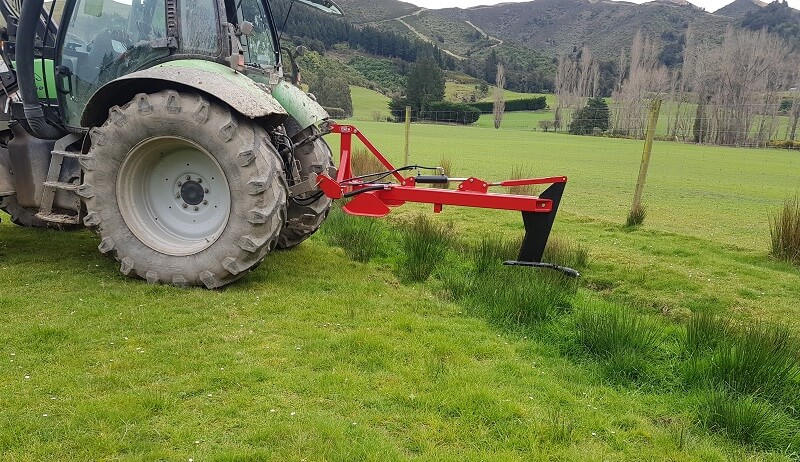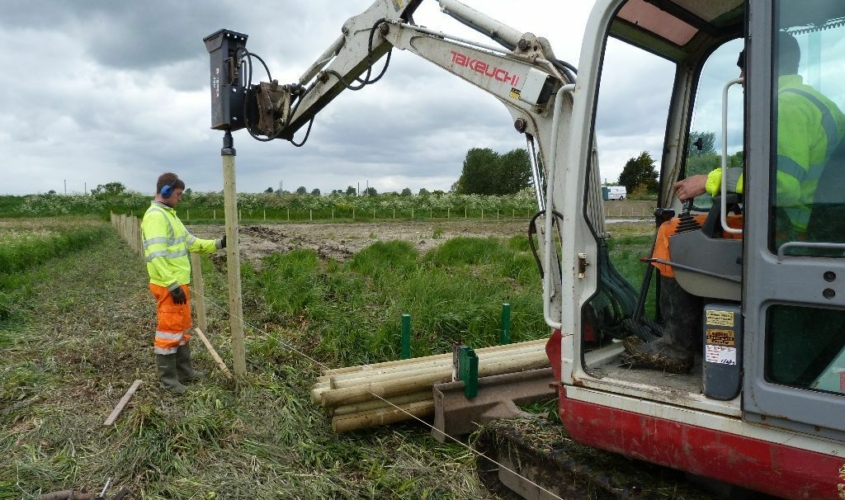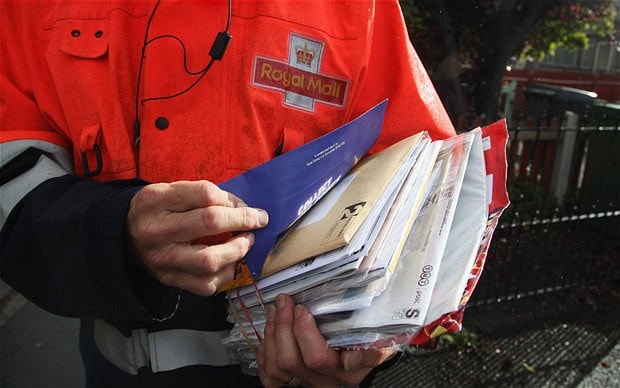Fences are an essential part of managing land — keeping livestock safe, marking boundaries, and protecting crops. Here we outline advice for fencing near buried pressure pipelines as setting fence posts in the wrong place can have serious consequences for your safety, your livelihood, and the environment.
Why Fencing Near Pipelines is Risky
High-pressure pipelines often run silently and invisibly beneath farmland, carrying fuel, oil, gas or other products. Striking or damaging a pipeline while digging post holes can lead to:
- Dangerous leaks or explosions
- Severe injury or loss of life
- Costly damage and legal consequences
- Environmental harm
Even a small scrape to the pipeline coating can cause corrosion over time, leading to future failures.
Know What’s Below Before You Dig
Pipeline routes are often marked by posts or signs along field edges, but they can be missed if vegetation has grown over them or markers have been moved. It is also important to note that pipelines do not necessarily run in straight lines between marker posts. That’s why it’s vital to:
- Look for pipeline markers before you start.
- Check your farm maps, property plans or contacts form pipeline operators for pipeline easements.
- Line Search Before You Dig — contact the Lands Team at BPA before you dig or if you are unsure of the pipeline operator use the free on-line search tool https://lsbud.co.uk to help identify underground utilities.
- Before undertaking any works near to buried pipelines, contact the pipeline operator if you’re not sure. They can confirm the pipeline’s location and help plan safe work.
At BPA we write to landowners every year to remind them of the pipelines, what to do if they need to undertake works as well as provide our contact information should landowners have any questions or concerns.
Working Together for Safety
Pipeline operators want to work with landowners to keep farming operations safe and productive. If a fence needs to cross a pipeline route, they can often provide:
- Farm visits to mark out the exact location of the pipeline
- Provide safe digging instructions
- Provide on-site supervision during work
This helps avoid accidents and keeps you, your workers, and your land safe.
Your Checklist Before Installing a Fence
✅ Identify any pipelines on your land.
✅ Contact the pipeline operator if planning to fence within 50m of the pipeline.
✅ Follow all safety instructions and agreements for working near the pipeline.
✅ Never guess — always check.
For more information on what to do if ditching or fencing, download a copy of BPA’s ditching and fencing booklet by clicking here.
Final Thought:
Pipelines and farming can coexist safely — but only if we take the time to confirm what’s below before putting a post in the ground. A quick phone call now can prevent a costly or even life-threatening accident later.
When in doubt, call the pipeline operator. Your safety, your livelihood, and your land depend on it.

